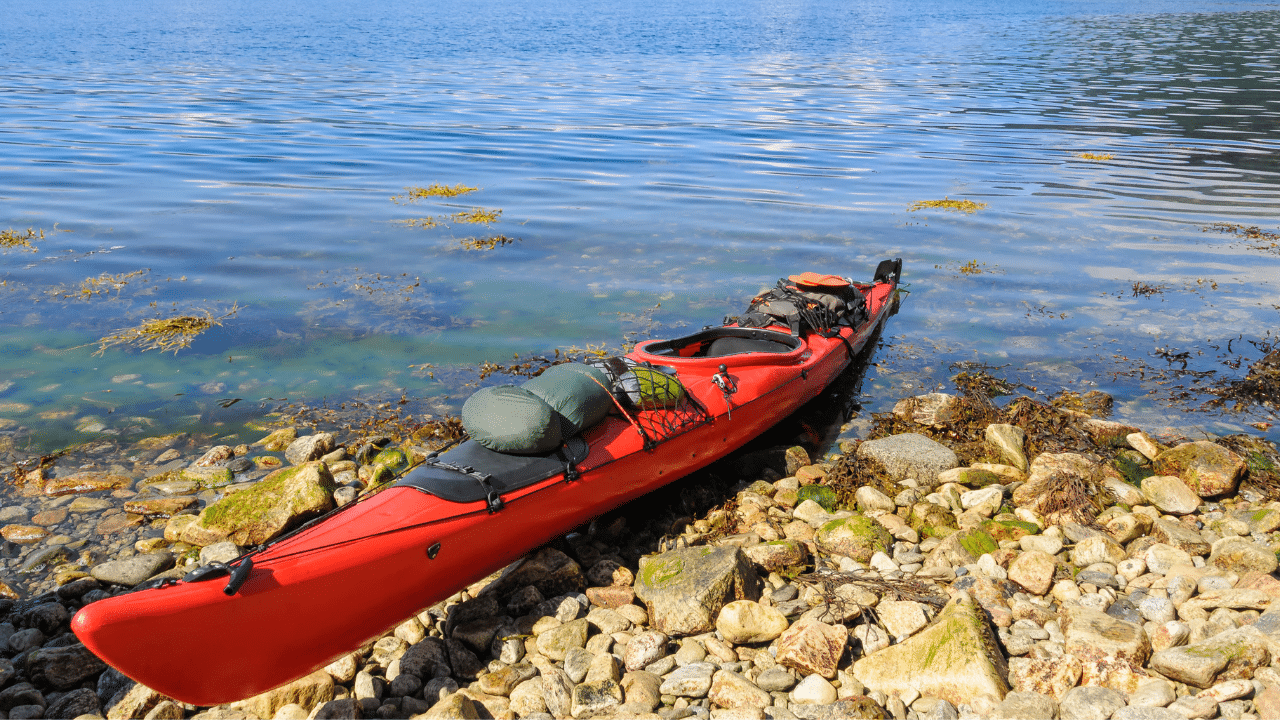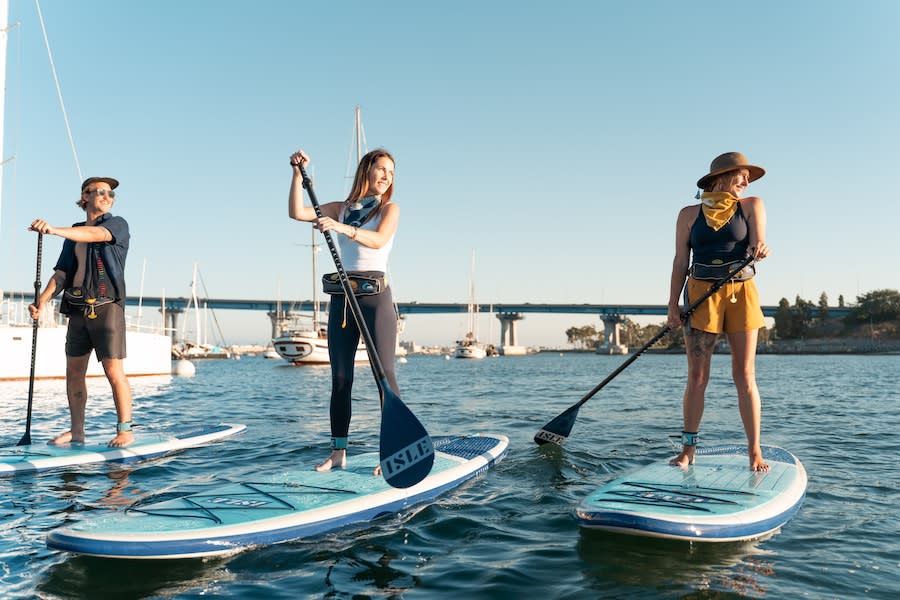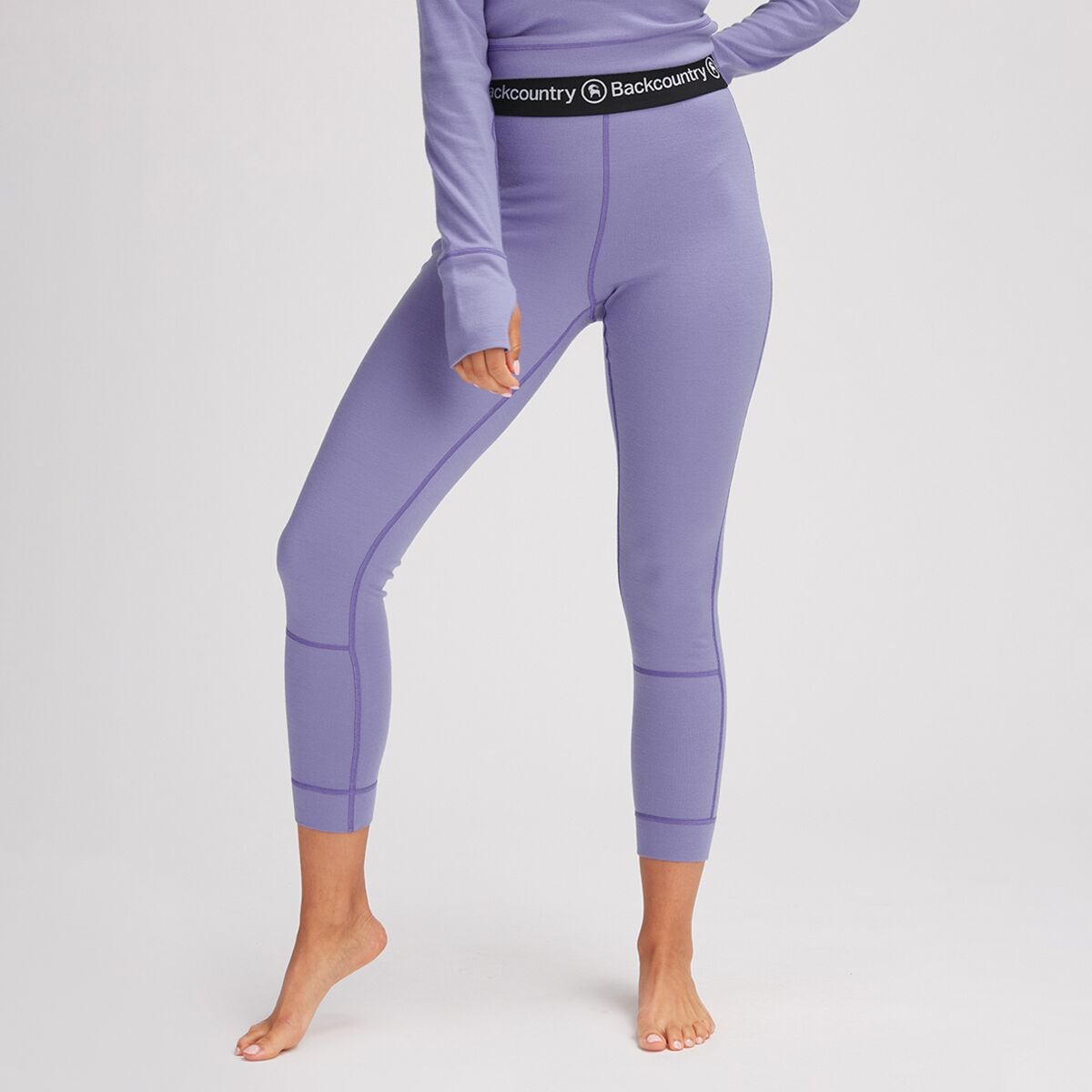
Get A Fishing License
- Alabama
- Alaska
- Arizona
- Arkansas
- California
- Colorado
- Connecticut
- Delaware
- Florida
- Georgia
- Hawaii
- Idaho
- Illinois
- Indiana
- Iowa
- Kansas
- Kentucky
- Louisiana
- Maine
- Maryland
- Massachusetts
- Michigan
- Minnesota
- Mississippi
- Missouri
- Montana
- Nebraska
- Nevada
- New Hampshire
- New Jersey
- New Mexico
- New York
- North Carolina
- North Dakota
- Ohio
- Oklahoma
- Oregon
- Pennsylvania
- Rhode Island
- South Carolina
- South Dakota
- Tennessee
- Texas
- Utah
- Vermont
- Virginia
- Washington
- West Virginia
- Wisconsin
- Wyoming
Kayaking with Confidence: Max Weight Limits [2026]
Kayak Weight Limit: Best Kayak For My Weight
Updated on 10/2/2025
By Abigail Scott
Hi, I'm Abigail 👋 Since embarking on my kayaking and boarding adventures in 2010, I've navigated rivers and lakes across North America and beyond. With over a decade of experience and countless waterways explored, I'm here to help enthusiasts like you embark on unforgettable water adventures!
Learn More about Abigail Scott
A kayak's weight limit refers to how much load it can carry while remaining stable and afloat. It's not merely about not sinking; it's also about ensuring the kayak's performance isn't compromised. When a kayak is overloaded, it can be harder to paddle and might even capsize.
Key Points:
- A kayak's real-world performance or usable weight limit is about 30-35% less than the manufacturer's maximum capacity.
- When deciding on a kayak, consider both your weight and the weight of any gear you'll be bringing.
Factors Determining Kayak Capacity
Three main factors influence a kayak's capacity:
- Length: The longer the kayak, the more weight it can generally hold.
- Width: A wider kayak provides more stability.
- Volume/Displacement: This relates to how much water the kayak displaces.
Note: Different manufacturers may use varying methods to calculate maximum capacity.
How to Choose the Right Kayak Size
For optimal safety and performance:
- Choose a kayak with a weight limit approximately 125 pounds more than your body weight.
- Reduce the manufacturer's maximum capacity by 30-35% to account for gear weight and other variables.
- Ensure the kayak doesn't ride too low in the water when fully loaded.
Practical Kayak Weight Limit Examples
To determine a performance weight limit for kayaks:
- Multiply the kayak's maximum capacity by 0.7.
Example: If you weigh 175 pounds and have 25 pounds of gear (200 lbs total), look for a kayak with a maximum capacity rating of at least 285 pounds (200 lbs / 0.7).


![Kayaking with Confidence: Max Weight Limits [2026]](https://shared-bucket-websites.s3.amazonaws.com/KayakWeightLimitBestKayakForMyWeight-1669765323429)








